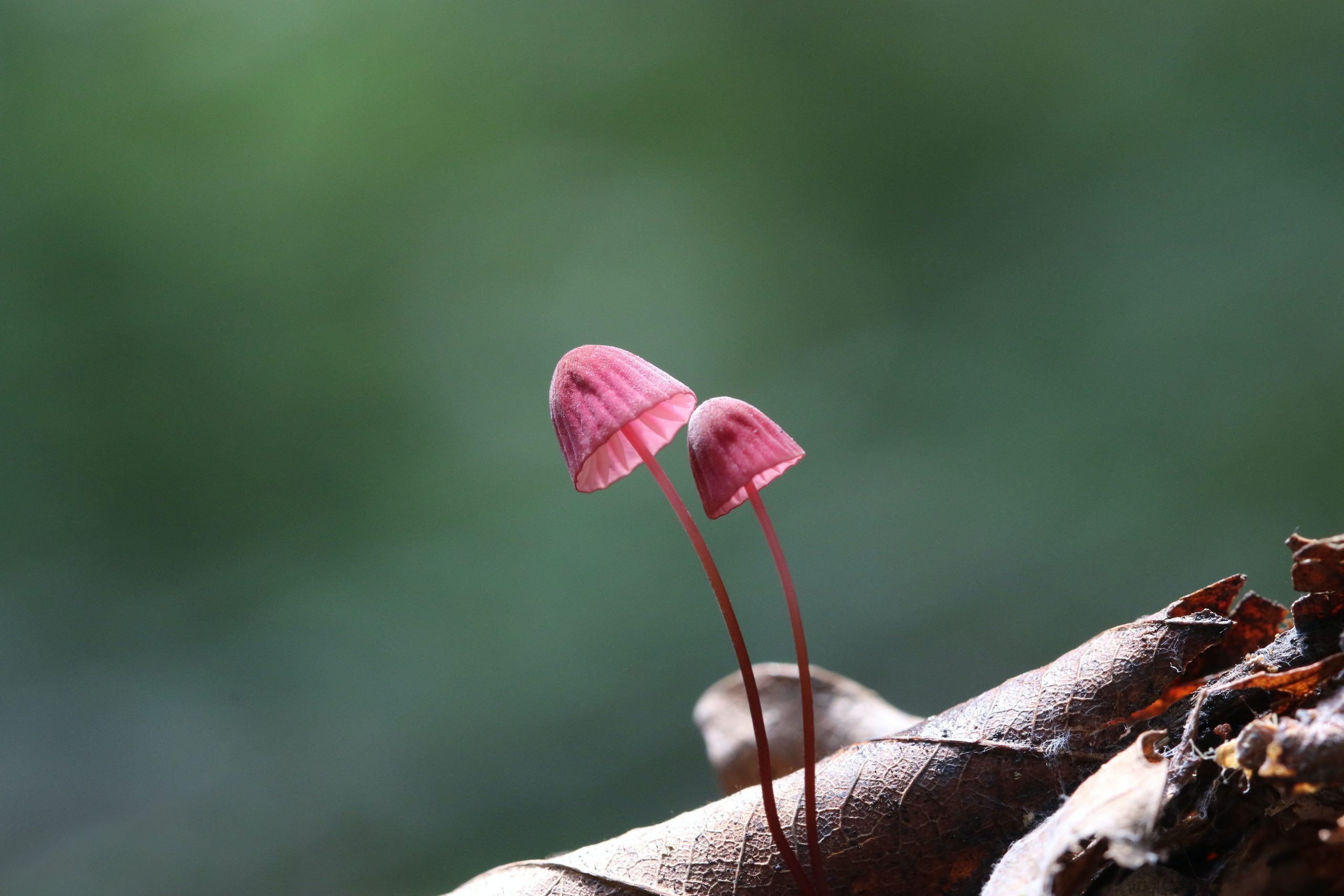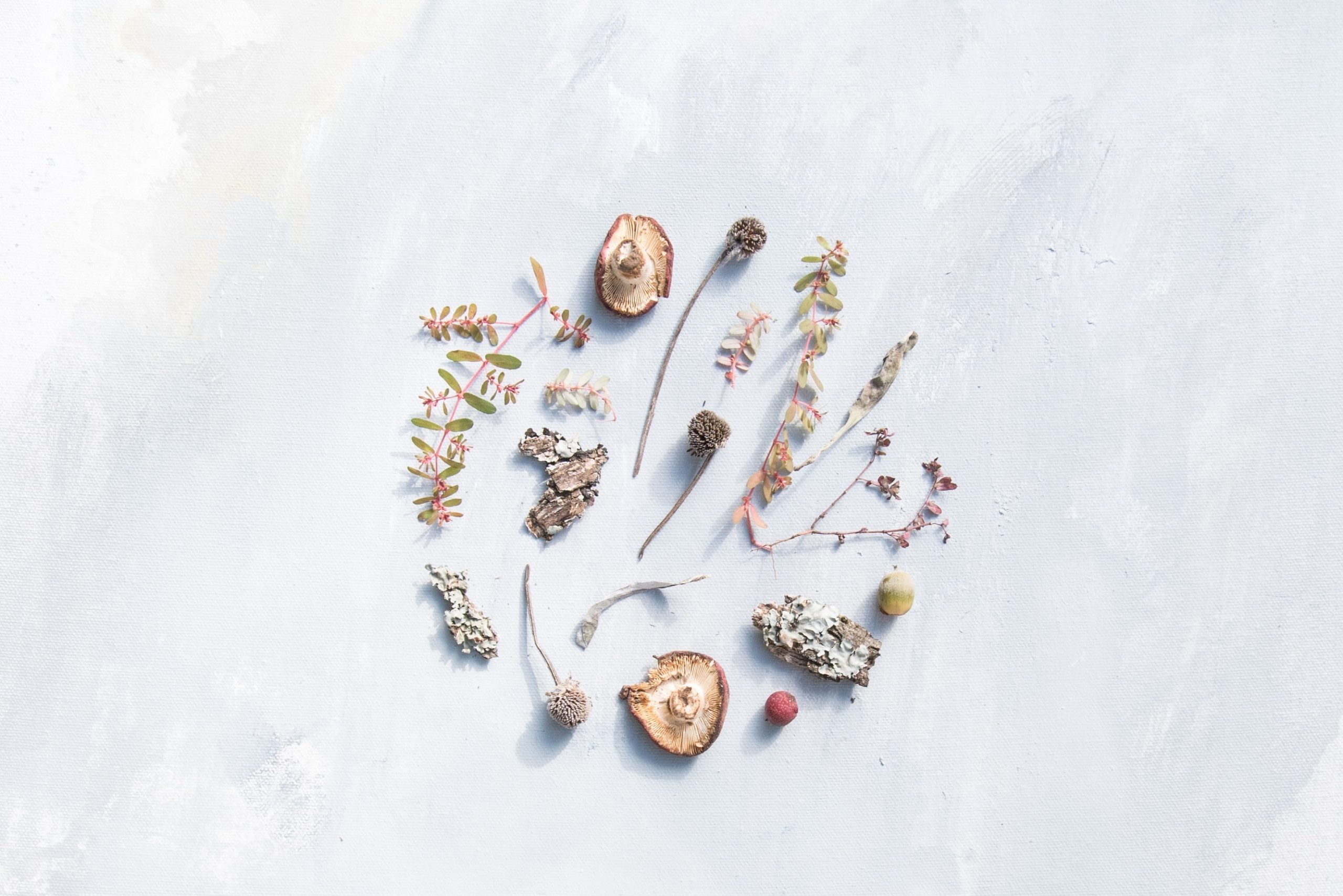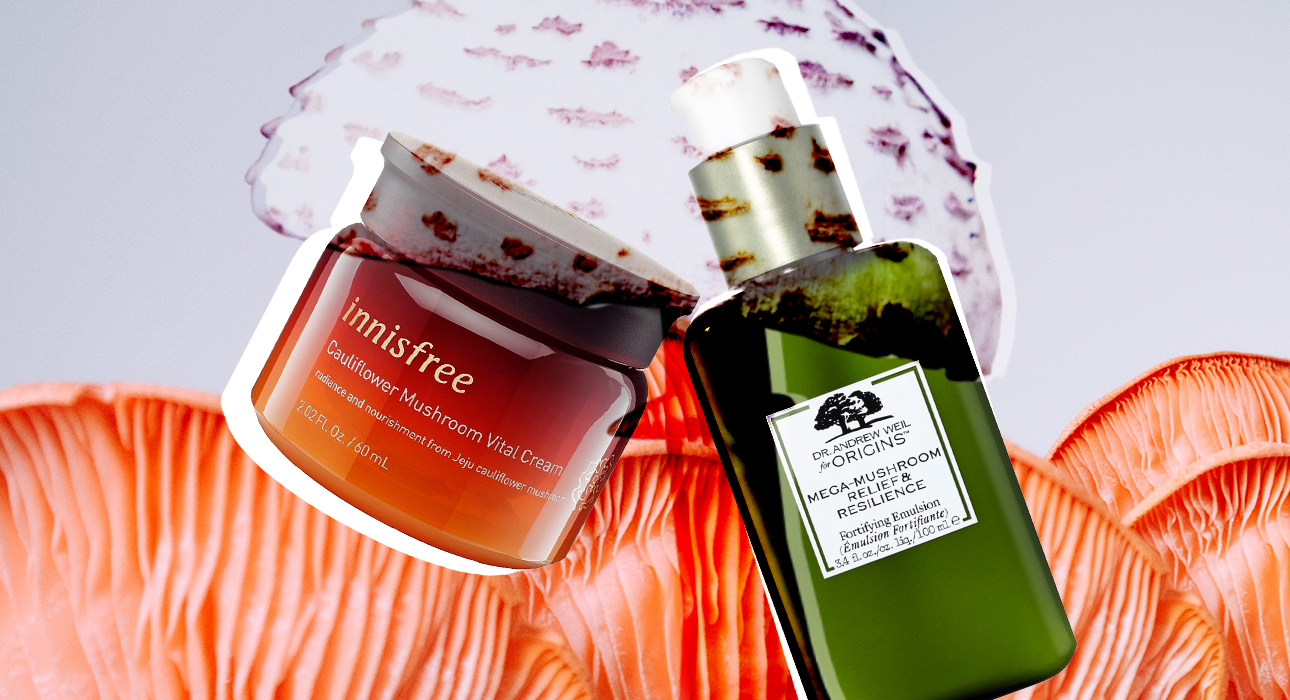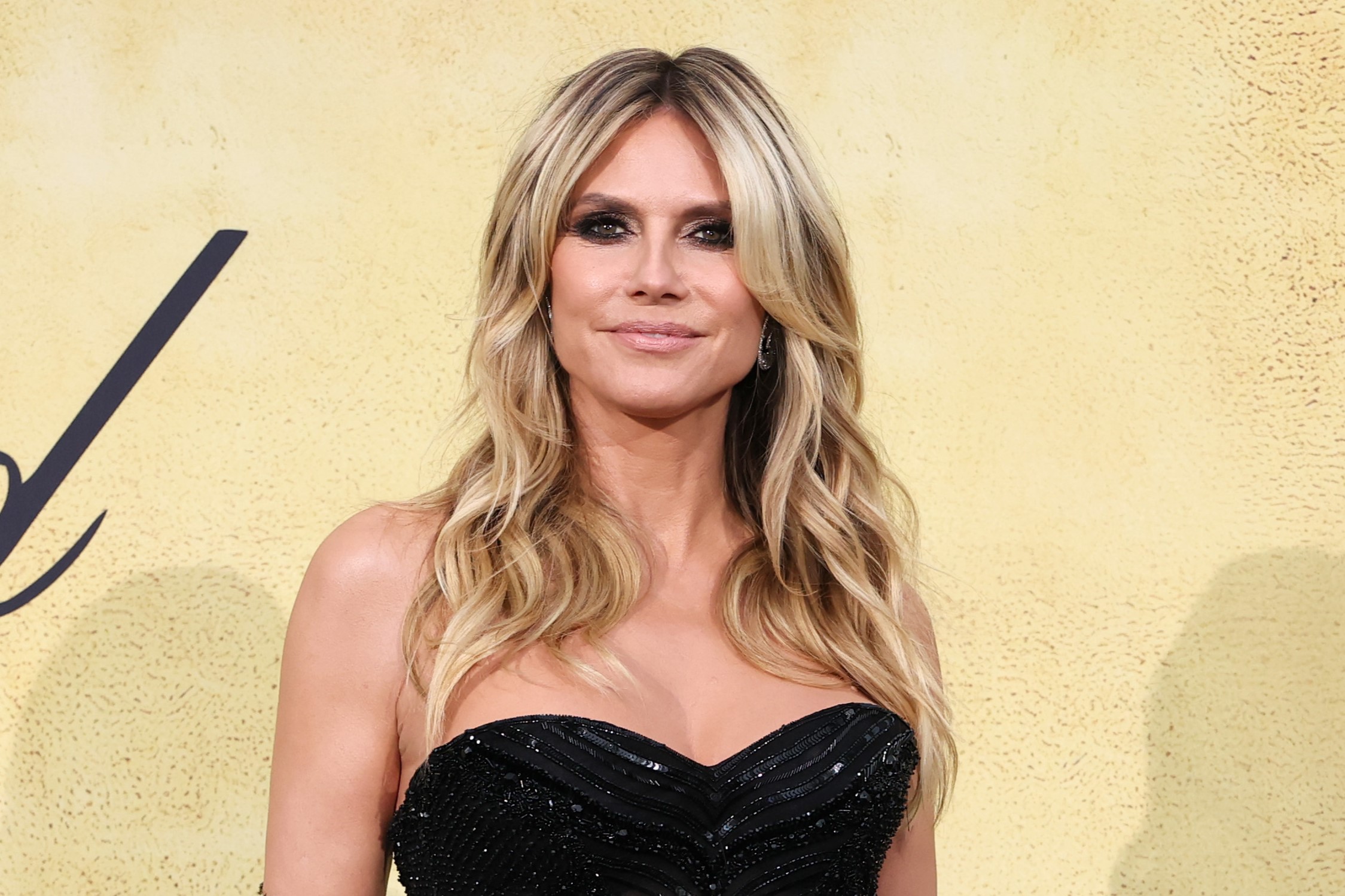The time when mushrooms were associated only with shamans and alternative medicine ended as soon as they began to be used almost everywhere – added to cosmetics, food and dietary supplements. The mushroom boom has been triggered by events in recent years, from the creation of the first cosmetic series with this content to the release of a movie about mushrooms on Netflix.
One of the first to use mushrooms in the beauty industry was Dr., a recognized expert in the field of holistic medicine. Andrew Weil. In October 2005, she created a line of mushroom-based cosmetics with the brand Origins. The funds made a splash in the cosmetics market, and two years later, the largest American company Johnson & Johnson released a line for eye skin care under the brand Aveeno. The main ingredients of the series are of course mushrooms and especially shiitake and reishi.
After the release of Fantastic Mushrooms in 2019, the world learned about Paul Stemets, an American mycologist and main supporter of the use of medicinal mushrooms in medicine. After that, biohackers from all over the world began to promote the idea of its benefits more actively than before. Basically, they popularized the intake of dietary supplements with microdosing of Lion’s mane or fly agaric. At the same time, the demand for cosmetics with mushroom extracts, the beneficial properties of which were known in antiquity, increased.
What is the miraculous effect of the most mysterious group of creatures on the planet, and which extracts in cosmetics help remove wrinkles and which lighten age spots?
How were mushrooms used in ancient times?

We know as little about fungi as we know about the World Ocean – out of 150,000 species, only 10% have been studied at this time. Scientists are discovering new varieties every day and discovering previously unknown properties, from cleaning up oil spills to curing cancer. For example, the other day, research emerged showing that fungi can communicate with each other using electrical signals.
The benefits of mushrooms for the skin were unknown in the 20th century or even in the 19th century. Mikhail Vishnevsky, Russian mycologist (scientist who studies mushrooms. note. ed.) and candidate of biological sciences says that mushrooms were popular in antiquity and not only in eastern countries, known for their love of alternative medicine, but also in Russia and Europe.
In ancient Rome, porcini mushrooms were of special value. The extract has been used to fight inflammation and shrink punctures after smallpox and rubella. And in other countries of Europe, young girls bathe every morning with dew from meadow mushroom hats. In Russia, of course, the main star was the red fly agaric. Infusions and decoctions were made on it, which were later used to treat dermatitis. And in Asia, powders for hair growth and shine were made from various types of reishi. What are the miraculous properties of mushrooms and why did they become so popular in cosmetology after a long time?
Why are mushrooms added to cosmetics?

Now mushrooms are used in cosmetology in two directions: nutricosmetic (biologically active food supplements – dietary supplements) and products for external use (creams and serums). The main thing found in mushrooms are polysaccharides. In cosmetics, these ingredients are primarily responsible for the moisture level of the skin and the prevention of premature aging. Therefore, moisturizing creams and masks are created based on the polysaccharides of medicinal mushrooms. Shiitake, Reishi and Chaga are very popular in cosmetics. Each of them has its own characteristics and effect on the skin, so the main thing is to choose what you need.
shiitake
-

Primer Invisiblur SPF 30PA+++, Murad, 9100 rub. -

Immunity face serum Infinity Drops, Madara, 11 270 r. -

Regenerating cream with shiitake mushroom proteins, shea butter and jojoba oil, Farkos, 728 r.
The iconic mushroom is used as an ingredient not only in Japanese and Chinese cooking, but also in cosmetics. Shiitake is high in kojic acid and the polysaccharide lentinan. The first is effective in lightening age spots, and the second ingredient promotes the regeneration of skin cells. Therefore, in the compositions of anti-aging cosmetics and brightening agents you will find shiitake extract.
to the age
-

Anti-aging face cream with chaga mushroom extract, The Saem, 3458 r. -

Face lotion Andrew Weil, Origin, $2,340 -

Pressed anti-aging serum, chaga mushroom extract, Blithe, 2580 r.
Most often, such a fungus can be found on birch trees, which is why it got its second name – black birch mushroom. It is used in folk medicine as an antitumor agent, and creams are made on its basis for the treatment of dermatosis, psoriasis and eczema. But, among other things, chaga fights free radicals three times more effectively than acai berries. That’s why mushroom extracts are added to anti-aging products.
Reishi (polished tinder)
-

Night detox cream with Reishi extract, Grown Alchemist, 9262 r. -

Soothing mask Ultra Relaxing Rescue Mask, REN, 3650 r. -

Mask based on extracts of snow mushroom and tinder mushroom, Eminence, 4900 r.
For the first time, Reishi extract appeared in the cosmetics of the Japanese company Menard in the 80s of the last century. Historically, it has been used to relieve inflammation and redness. Reishi extract also soothes the skin, locks in moisture and improves barrier function.
truffles
-

Two-stage peeling-restart for face, Elemis, 10 200 rub. -

Soft cleansing foam with black truffle, Dear, Klairs, 1650 r. -

Black truffle lifting serum, Bueno, 3530 rub.
On the one hand, truffle, which is the symbol of luxury life, on the other hand, is an effective and natural material. Both types are used in cosmetics – black and white. The first can be found in the composition of anti-aging products, and the second – in the brightener.
Tremella (fucus tremella)
-

Moisturizing anti-pigmentation serum, Mary & May, 1690 rub. -

Serum with a complex of vitamins C and E, Mediplorer, 13,000 rubles. -

Tremella Moisturizing Serum, Inkey List, 2268 r.
A new discovery by Asian cosmetologists, which is already actively used in China and Japan. You have definitely tried tremella in Korean salads – it is a spongy translucent mushroom, which is also called sea mushroom. Thanks to its ability to attract and retain moisture in cosmetics, the ingredient effectively nourishes and maintains the water balance of the skin.
fly agaric
-

Revitalizing day cream with fly agaric extract, Bizoryuk, 428 r. -

Cream “Light legs” with fly agaric extract, Bizoryuk, 180 r. -

Night cream with fly agaric extract, Tambusun, 210 r.
Today, the fly agaric has become almost the most fashionable mushroom. It is used for microdosing and added to restaurant meals. Mushrooms are added to cosmetics less often and mostly by Russian brands, but we consider this to be temporary. Amanita agar has the same anti-inflammatory properties as shiitake. Recently, the company Erilem has released a series of cosmetics based on panther fly agaric extract. And the Bizoryuk brand uses an oil extract from red fly agaric in its products.
Source: People Talk
Elizabeth Cabrera is an author and journalist who writes for The Fashion Vibes. With a talent for staying up-to-date on the latest news and trends, Elizabeth is dedicated to delivering informative and engaging articles that keep readers informed on the latest developments.





